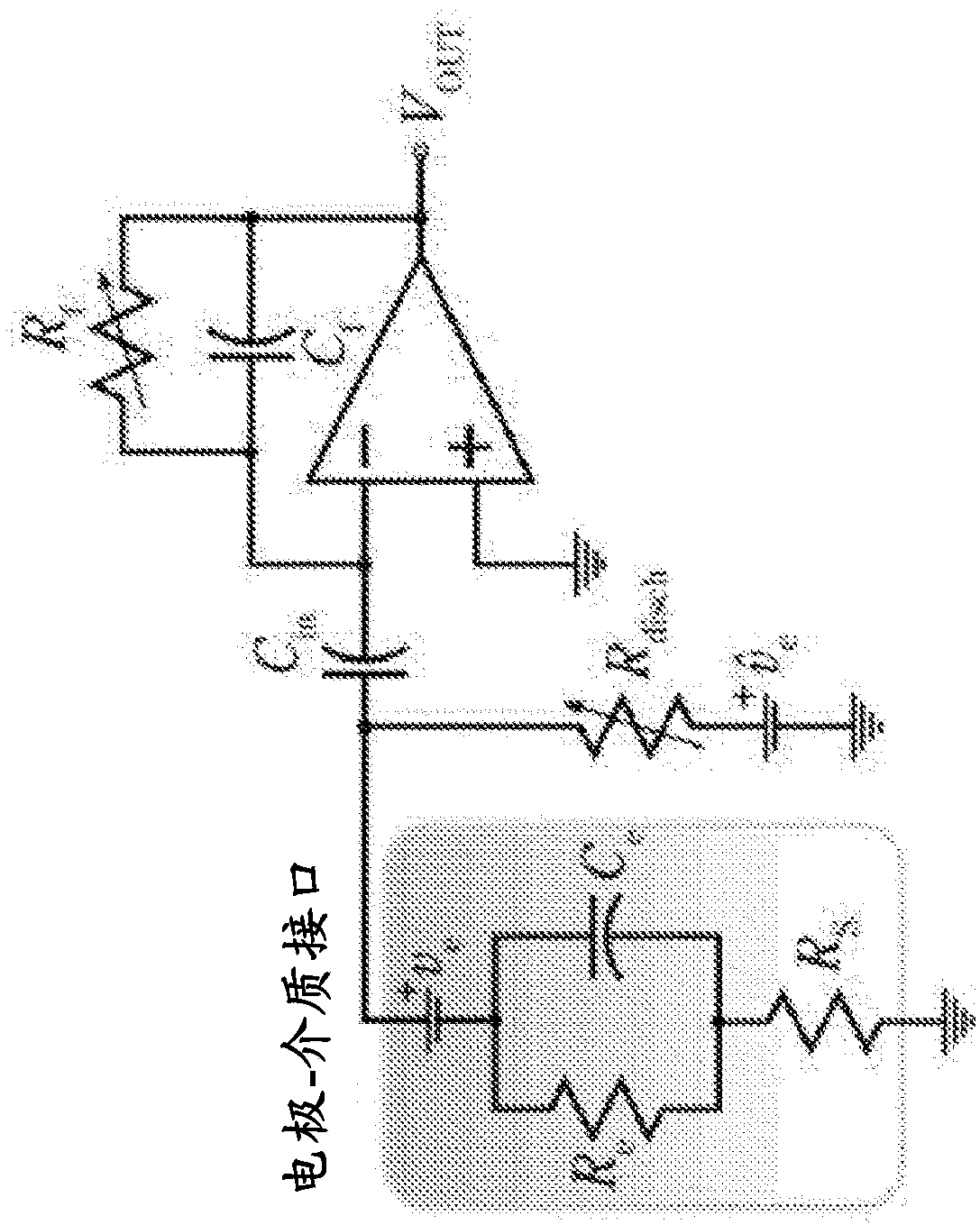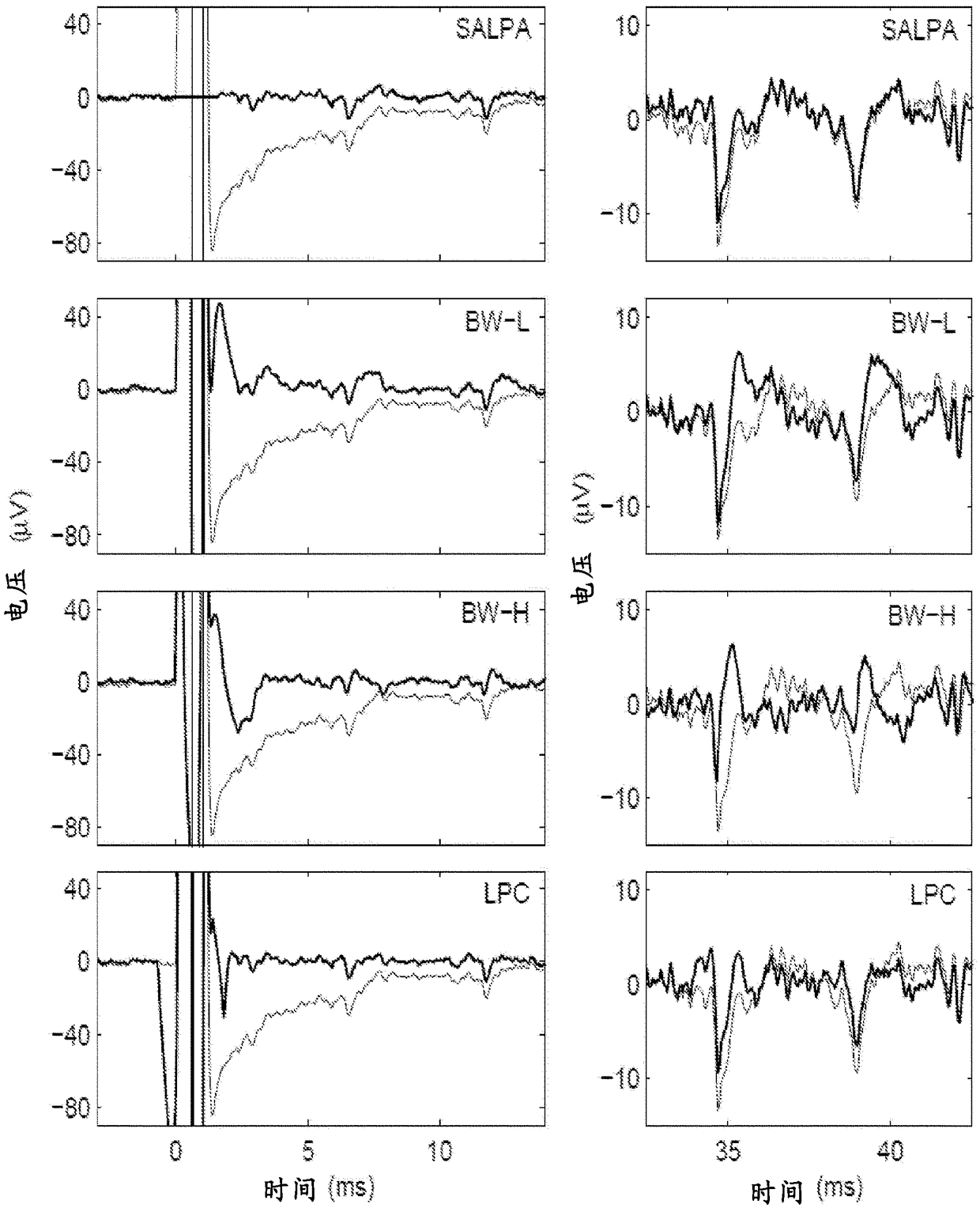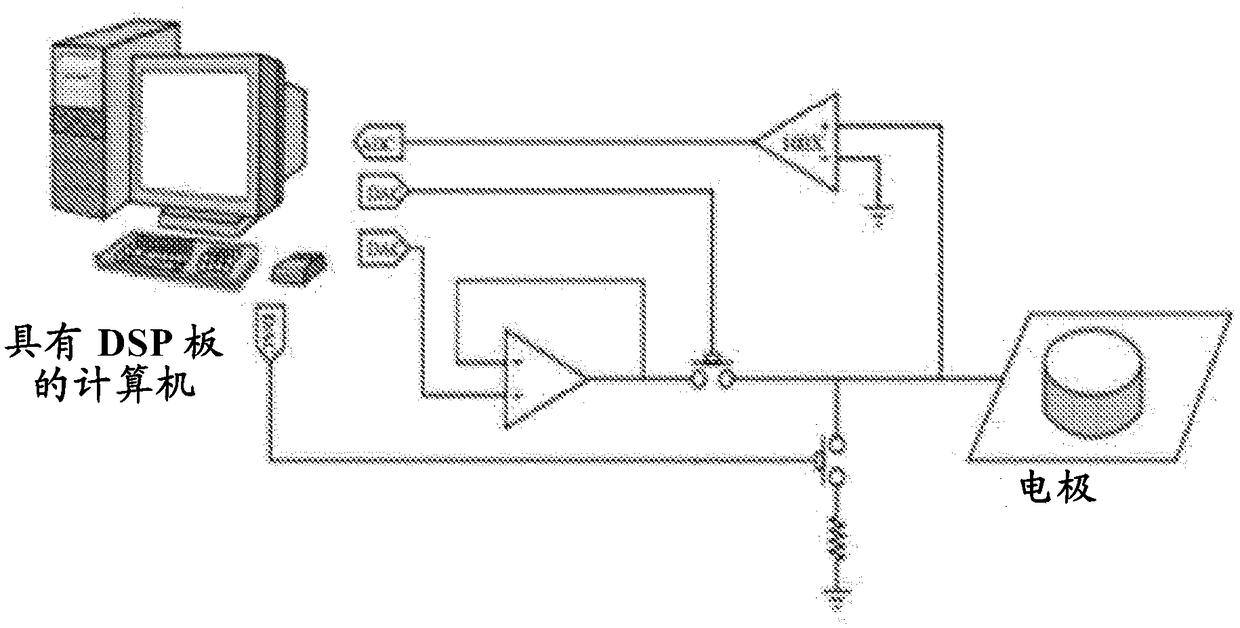Systems and methods for reducing noise caused by stimulation artifacts in neural signals received by neuro-modulation devices
A neural signal and neuromodulation technology, applied in spinal nerve electrodes, applications, electrotherapy, etc., can solve problems such as attenuation artifacts, unavailable key parts of data, and lack of continuous neural signal recording
- Summary
- Abstract
- Description
- Claims
- Application Information
AI Technical Summary
Problems solved by technology
Method used
Image
Examples
Embodiment Construction
[0036] Turning now to the drawings, an energy-efficient implementation of an Adaptive Stimulation Artifact Reduction (ASAR) process capable of adaptively removing stimulation signal artifacts from neural signals in accordance with some embodiments of the present invention is disclosed to alter Stimulating properties at multiple sites. According to several embodiments, a blind artifact template detection technique is utilized, which in combination with the ASAR process can eliminate the need for any prior knowledge of the temporal and structural properties of the stimulation pulses. In addition, processes according to some embodiments of the present invention also effectively deal with non-linear mapping of brain tissue and non-idealities of electrode interfaces through linear filtering. According to many embodiments, the use of blind artifact templates enables the ASAR process to combat uncertainties due to non-idealities in timing, stimulator circuits, and / or sensing circuits...
PUM
 Login to View More
Login to View More Abstract
Description
Claims
Application Information
 Login to View More
Login to View More - R&D
- Intellectual Property
- Life Sciences
- Materials
- Tech Scout
- Unparalleled Data Quality
- Higher Quality Content
- 60% Fewer Hallucinations
Browse by: Latest US Patents, China's latest patents, Technical Efficacy Thesaurus, Application Domain, Technology Topic, Popular Technical Reports.
© 2025 PatSnap. All rights reserved.Legal|Privacy policy|Modern Slavery Act Transparency Statement|Sitemap|About US| Contact US: help@patsnap.com



